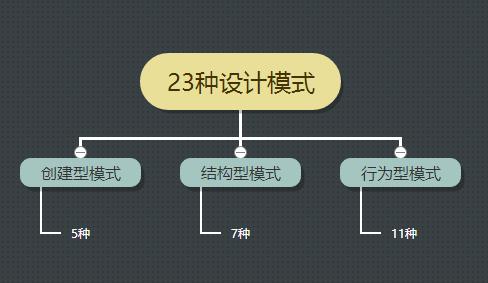This study analyzes hybrid AI systems' design patterns and their effectiveness in clinical decision-making using the boxology framework. It categorizes and copares various architectures combining machine learning and rule-based reasoning to provide insights into their structural foundations and healthcare applications. Addressing two main questions, how to categorize these systems againts established design patterns and how to extract insights through comparative analysis, the study uses design patterns from software engineering to understand and optimize healthcare AI systems. Boxology helps identify commonalities and create reusable solutions, enhancing these systems' scalability, reliability, and performance. Five primary architectures are examined: REML, MLRB, RBML, RMLT, and PERML. Each has unique strengths and weaknesses, highlighting the need for tailored approaches in clinical tasks. REML excels in high-accuracy prediction for datasets with limited data; MLRB in handling large datasets and complex data integration; RBML in explainability and trustworthiness; RMLT in managing high-dimensional data; and PERML, though limited in analysis, shows promise in urgent care scenarios. The study introduces four new patterns, creates five abstract categorization patterns, and refines those five further to specific systems. These contributions enhance Boxlogy's taxonomical organization and offer novel approaches to integrating expert knowledge with machine learning. Boxology's structured, modular apporach offers significant advantages in developing and analyzing hybrid AI systems, revealing commonalities, and promoting reusable solutions. In conclusion, this study underscores hybrid AI systems' crucial role in advancing healthcare and Boxology's potential to drive further innovation in AI integration, ultimately improving clinical decision support and patient outcomes.
翻译:暂无翻译



